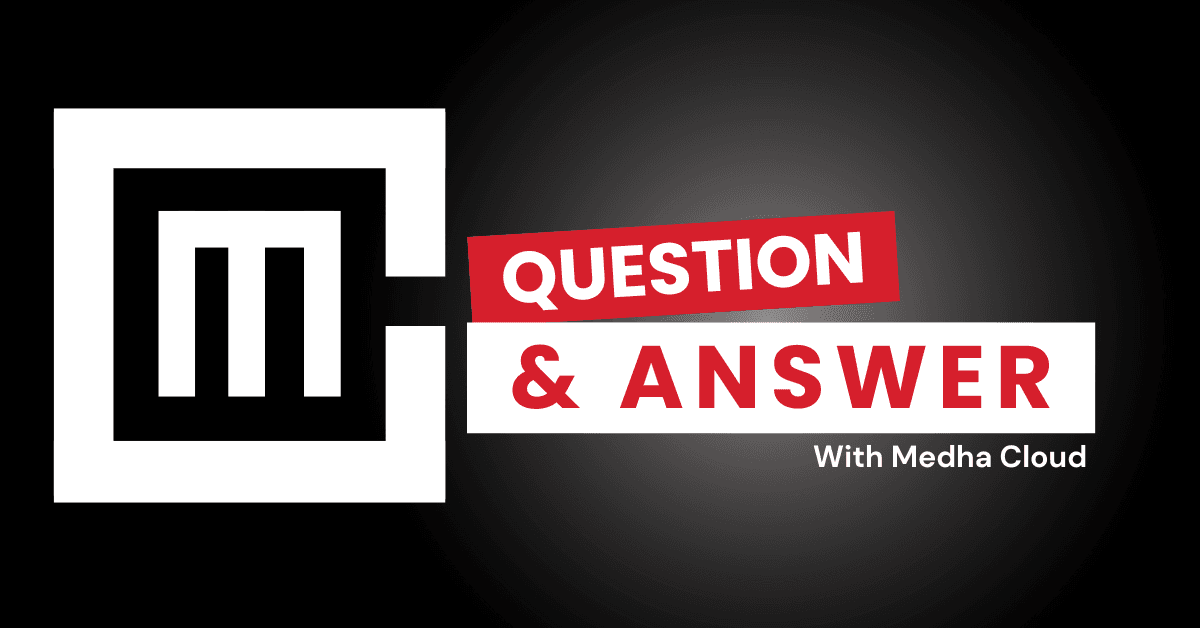While some degree of downtime is possible during the transition to outsourced helpdesk services, careful planning, coordination, and proactive measures can minimize disruptions. By working closely with the provider, establishing clear communication channels, and following a structured transition plan, businesses can ensure that IT support remains as continuous and reliable as possible throughout the process.
Factors Affecting Potential Downtime
1. Complexity of Your IT Environment
- Number of Systems and Applications: A more complex IT infrastructure with multiple integrated systems may require additional time to set up and test the outsourced helpdesk’s tools, increasing the risk of downtime.
- Legacy Systems: Older or custom-built applications may need extra attention during integration to ensure compatibility and prevent service interruptions.
2. Scope of Services Being Outsourced
- Basic vs. Advanced Support: Transitioning simple troubleshooting and password resets usually involves fewer complications than migrating network management, cybersecurity measures, and proactive monitoring.
- Data Migration Requirements: Moving user accounts, ticket histories, and knowledge base articles can temporarily limit access to certain support resources if not planned and executed carefully.
3. Provider’s Expertise and Preparation
- Experience Level: Providers with a proven track record and extensive experience can anticipate potential issues, reducing downtime risks.
- Transition Planning: A detailed transition plan with timelines, responsibilities, and contingencies helps manage the process efficiently.
- Pilot Phases: Running a pilot test before full deployment identifies problems early, minimizing unexpected interruptions during the official go-live phase.
Strategies to Minimize Downtime
1. Thorough Planning and Assessment
- Pre-Transition Analysis: Conduct a detailed review of your current helpdesk processes, workflows, and IT infrastructure. Identifying potential hurdles early allows for proactive solutions.
- Clear Objectives: Define specific goals for the transition, including acceptable downtime limits and service level agreements (SLAs) for response times.
2. Detailed Transition Plan
- Step-by-Step Approach: Break down the transition into phases (planning, knowledge transfer, system integration, pilot testing, and go-live). Each phase should have clear tasks and timelines.
- Role Assignments: Assign responsibilities to both your internal team and the outsourcing provider’s staff. Ensure everyone understands their tasks and deadlines.
3. Knowledge Transfer and Training
- Comprehensive Documentation: Provide the outsourced provider with detailed documentation of your IT systems, support protocols, and known issues.
- Staff Training: Ensure your internal staff is prepared to work with the outsourced helpdesk and knows how to escalate issues if downtime occurs.
4. Running a Pilot Test
- Limited Deployment: Implement a pilot phase where the outsourced helpdesk handles a portion of the support load. This allows both parties to identify and fix issues before full deployment.
- Feedback and Adjustments: Gather input from internal teams and users during the pilot, and make necessary adjustments to reduce downtime during the official go-live.
5. Scheduled Maintenance Windows
- Pre-Defined Downtime: If downtime is unavoidable (e.g., during data migration or system integration), schedule it during low-traffic periods, such as after-hours or weekends.
- Advance Communication: Inform all stakeholders, including employees and clients, about the maintenance window to reduce the impact of unexpected interruptions.
6. Proactive Monitoring and Contingencies
- Real-Time Monitoring: Use proactive monitoring tools to detect issues as they arise and address them promptly.
- Backup Plans: Maintain backup systems or fallback procedures to ensure essential services remain available if unexpected problems occur during the transition.
Benefits of Minimizing Downtime
1. Enhanced Productivity
Reducing downtime ensures that employees continue working without significant interruptions, maintaining business continuity and efficiency.
2. Improved Customer Satisfaction
Clients and end-users who rely on IT support experience fewer disruptions, leading to higher satisfaction levels and stronger business relationships.
3. Cost Savings
Minimizing downtime prevents revenue loss due to halted operations and reduces expenses associated with extended troubleshooting or emergency fixes.
4. Smooth Transition Experience
A well-executed transition with minimal downtime instills confidence in the outsourcing partnership, fostering a positive long-term working relationship.
Conclusion
While some downtime is possible during the transition to outsourced helpdesk services, effective planning, thorough preparation, and proactive measures can significantly reduce interruptions. By working closely with the outsourcing provider, conducting pilot tests, scheduling maintenance windows, and implementing robust monitoring tools, businesses can ensure a smooth and reliable transition that preserves productivity and maintains user satisfaction.
Are You Ready for a Seamless Transition to Outsourced Helpdesk Services?
Medha Cloud offers comprehensive white-label IT helpdesk outsourcing solutions, supported by a meticulous transition process designed to minimize downtime. Let our expert team guide you through a seamless handover and ensure continuous, high-quality IT support throughout the process.


